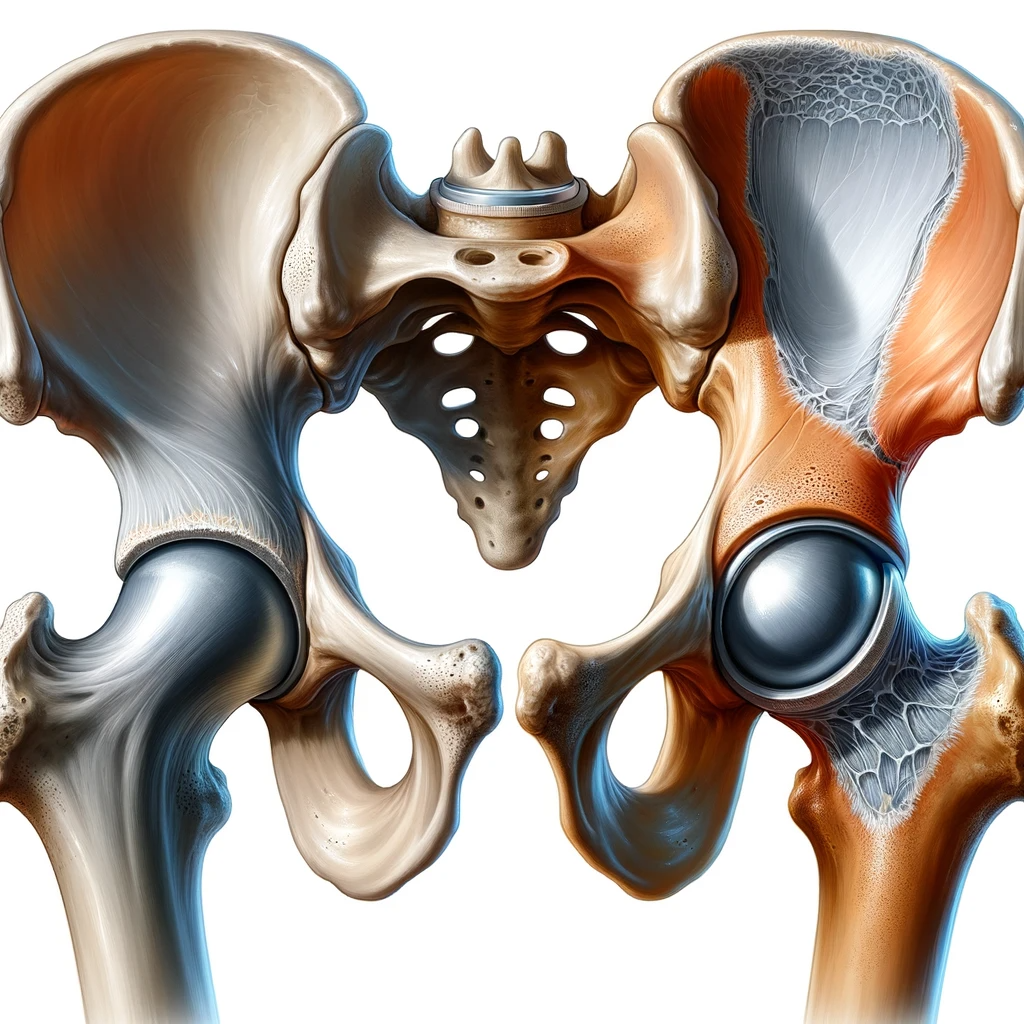Femoroacetabular Impingement, commonly known as FAI, is a prevalent hip condition that can significantly impact your daily life. This condition, involving discomfort and limited mobility, often goes unrecognized, yet understanding its nuances is essential for effective management and maintaining an active lifestyle.
Let’s delve into what FAI is, its symptoms, and why it’s crucial to consider treatment options, including consulting with a surgeon, for a better, pain-free life.
What is Femoroacetabular Impingement?
Femoroacetabular Impingement occurs when there’s abnormal contact between the femoral head (the top of your thigh bone) and the acetabulum (the hip socket). This irregular interaction leads to pain and restricted movement. It’s typically classified into three types: Cam, Pincer, and Combined. Each type refers to the area of the hip joint affected and the nature of the impingement.
Classifications of FAI:
Cam Impingement: This type occurs when the femoral head is not perfectly round, leading to an abnormal contact with the socket as the hip moves. It’s more common in young, athletic males.
Pincer Impingement: Here, the problem lies with the socket (acetabulum), which extends too far over the femoral head. This over-coverage leads to the labrum being pinched. It’s more often seen in middle-aged women and athletes.
Combined Impingement: This type involves both cam and pincer impingements. It means there are abnormalities in both the femoral head and the acetabulum.
Understanding these symptoms and classifications can help in early identification and effective treatment of FAI.
Symptoms to Watch Out For:
Femoroacetabular Impingement symptoms can vary but typically include:
- Groin Pain: This is often the most common symptom, particularly during activities like squatting, running, or even sitting for extended periods.
- Stiffness and Reduced Mobility: You might notice a decreased range of motion in the hip, making it hard to perform certain movements.
- Clicking or Catching Sensations: Some individuals experience a sensation of their hip ‘catching’ or ‘clicking’ during movement, which can be uncomfortable or painful.
- Pain in Other Areas: Sometimes, pain may radiate to other parts of the leg, like the thigh or knee.
Diagnosis: The First Step to Recovery
Diagnosis begins with a detailed medical history and physical examination. Imaging tests like X-rays or MRI scans are essential for a clearer picture of the hip’s anatomy and pinpointing the impingement.
Treatment Options: Non-Surgical and Surgical
Treatment for Femoroacetabular Impingement can be non-surgical or surgical. Non-surgical methods include physical therapy, lifestyle modifications, and pain management with medications. These approaches focus on relieving symptoms and improving joint function.
However, when non-surgical treatments aren’t effective, surgery may be recommended. The most common surgical procedure is arthroscopic surgery, a minimally invasive approach to correct the impingement and repair any associated damage.
Preventing FAI
While FAI isn’t entirely preventable, certain lifestyle choices can reduce the risk or alleviate the symptoms. Regular exercise, maintaining a healthy weight, and avoiding activities that strain the hip can be beneficial.
Taking the Next Step
Femoroacetabular Impingement shouldn’t be a barrier to enjoying life. Understanding the condition, recognizing its symptoms, and seeking timely medical advice can lead to effective management.
If you’re experiencing hip pain or discomfort, don’t hesitate to consult with Dr. Brian Capogna. Remember, early intervention is key to a faster recovery and returning to your daily activities without pain.

